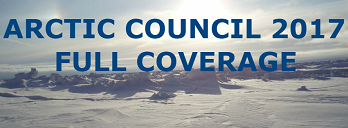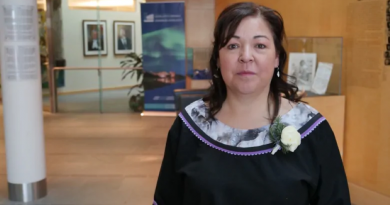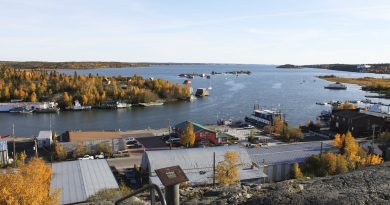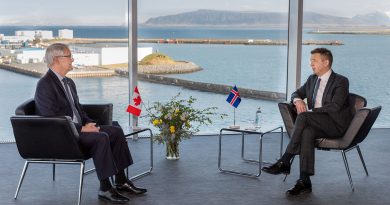Blog: Senior Arctic Official David Balton on what makes Arctic Council so unique (Part 1 of 2)
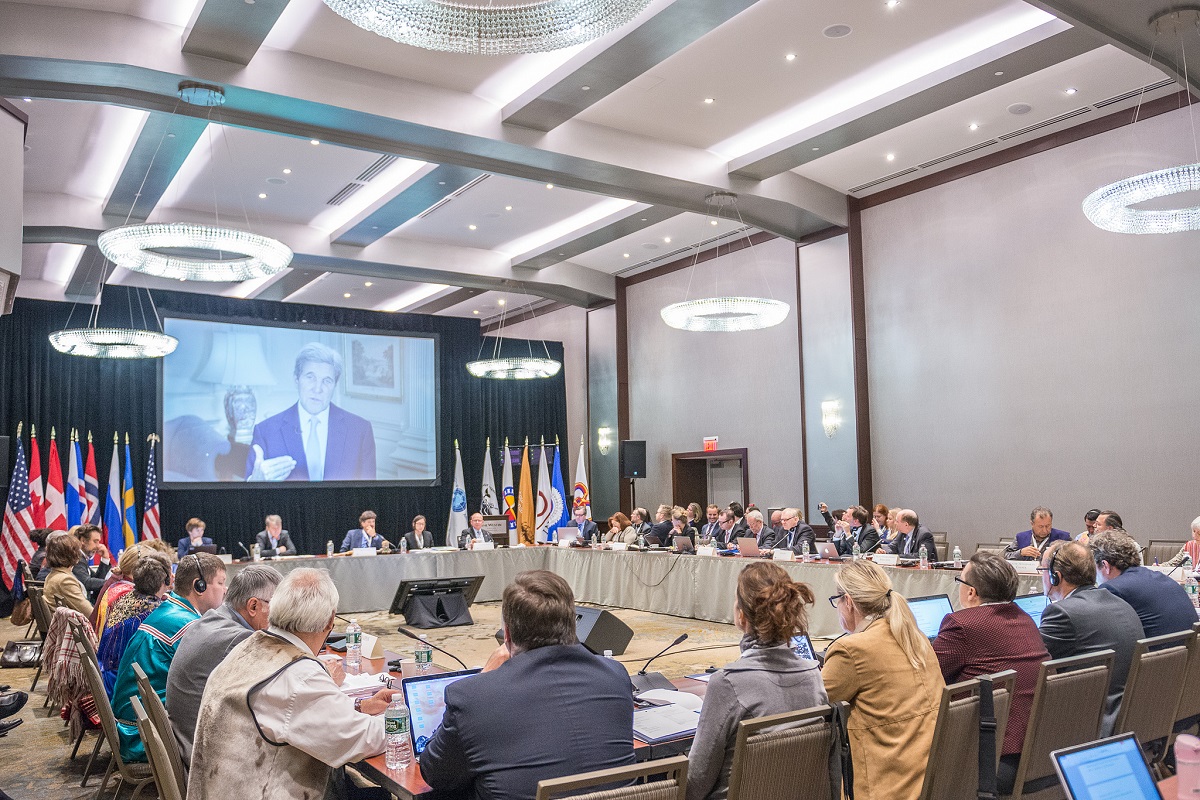
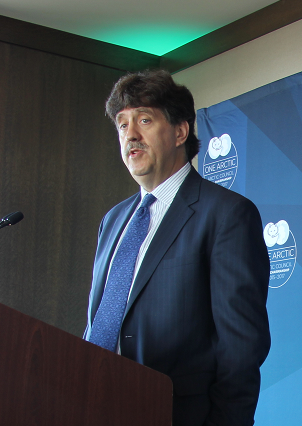
The Arctic Council Ministerial will be held in Fairbanks on May 11, marking the end of the United States’ two year Chairmanship of the forum.
In advance of the meeting, Eye on the Arctic blogger Heather Exner-Pirot spoke with Ambassador David Balton, Chair of the Senior Arctic Officials – the diplomats responsible for the day-to-day work of the Arctic Council.
In Part 1 of their conversation below, Exner-Pirot talks with Ambassador Balton about the U.S. Chairmanship, Russia and what makes the Council unique.
In Part 2, Exner-Pirot talks with Ambassador Balton about chairing the Council, the increased international interest in the Arctic, and his biggest challenge as SAO.
Heather Exner-Pirot: Aside from the obvious things – the region itself and the role of Indigenous organizations as Permanent Participants [PPs] – have you found the Arctic Council unique in any way compared to other international organizations?
David Balton: Well you hit on two of the things that jump to mind immediately. The Arctic Council is the only forum I’ve ever been involved with that has Indigenous people represented separately from the governments of the states in which they live. This creates an unusual, but usually positive, dynamic, a certain authenticity, even authority to the work of the Arctic Council that wouldn’t otherwise exist.
The other thing that makes the Arctic Council unique is the Arctic itself. Because it is changing so rapidly as a region, it creates issues for the Arctic Council that don’t exist anywhere else in the world in quite the same way.
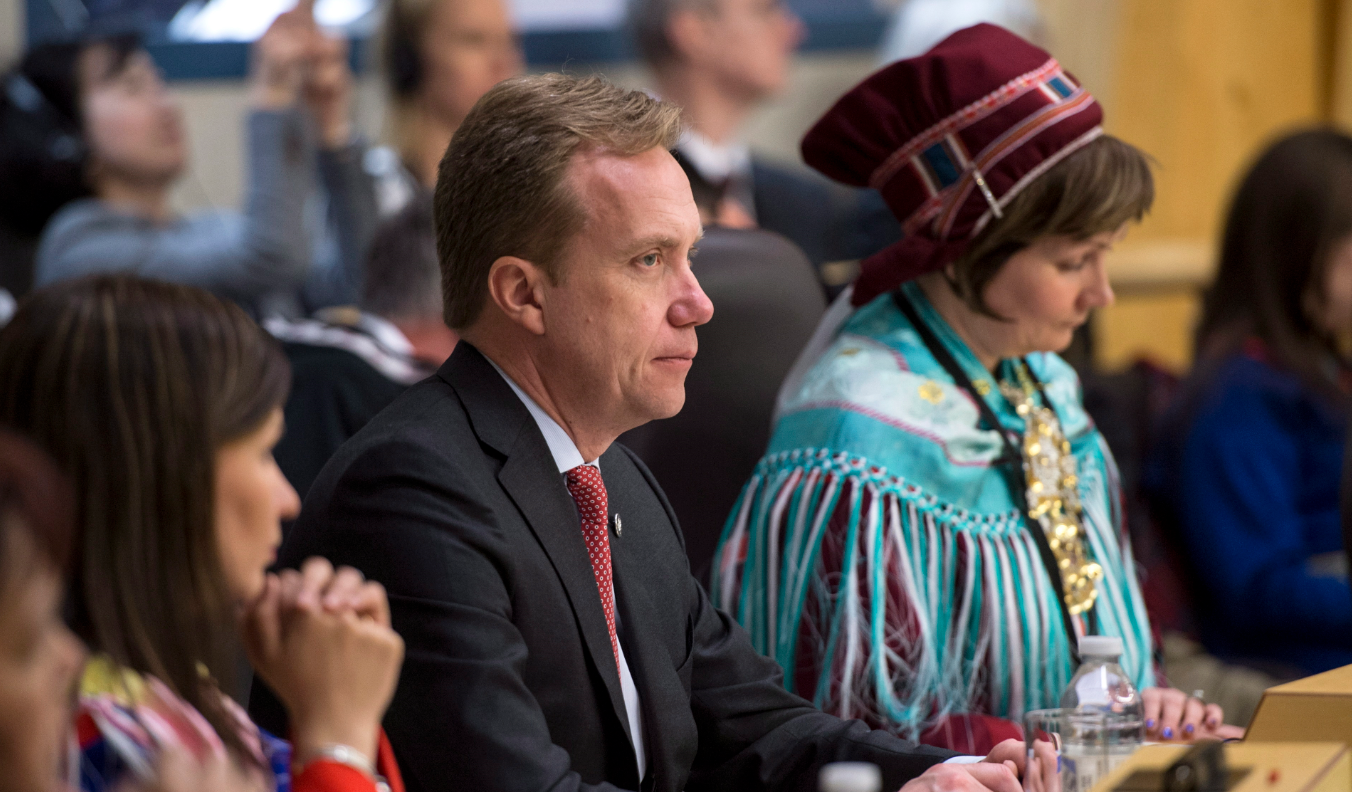
I would add that the Arctic Council is also a place where the United States and other countries in the West continue to find ways to cooperate successfully with Russia. That is not a given in other parts of the world and on other issues. The experience I’ve had in the Arctic Council these past few years has been remarkable, both for the positive engagement from Russia, and the collaboration with Russia.
One example, although there are many: over the past two years the effort to produce the Arctic science cooperation agreement was co-led by the United States and Russia. Quite a thing, if you stop to think about it.
Has it been difficult to maintain cooperation with Russia in the AC these past two years given the external political climate?
No. Honestly no. Part of that is the current Russian SAO [Vladimir Barbin], like his predecessor, was a gem. He worked hard, he was unfailingly constructive. He couldn’t agree to everything, but he was always looking to find a way forward. He was responsive and thoughtful. And that was also the case with the other Russians who participated in Working Groups and Task Forces. Maybe that’s surprising in some sense, but in the Arctic Council we did not have problems cooperating with Russia.
Do you have any theories as to why it’s different with Russia in the Arctic and the Arctic Council?
The simple answer is that Russia’s interests in the Arctic align reasonably well with those of the other states and even the PPs. Russia looks at the Arctic and sees potential for economic development. What they want first and foremost, I believe, is a stable, rules-based system for the Arctic. They would like to develop their part of Arctic, and they have the largest part, and the best way to do that is to ensure cooperation with the other players. That may not be a complete answer, but it’s a big part.
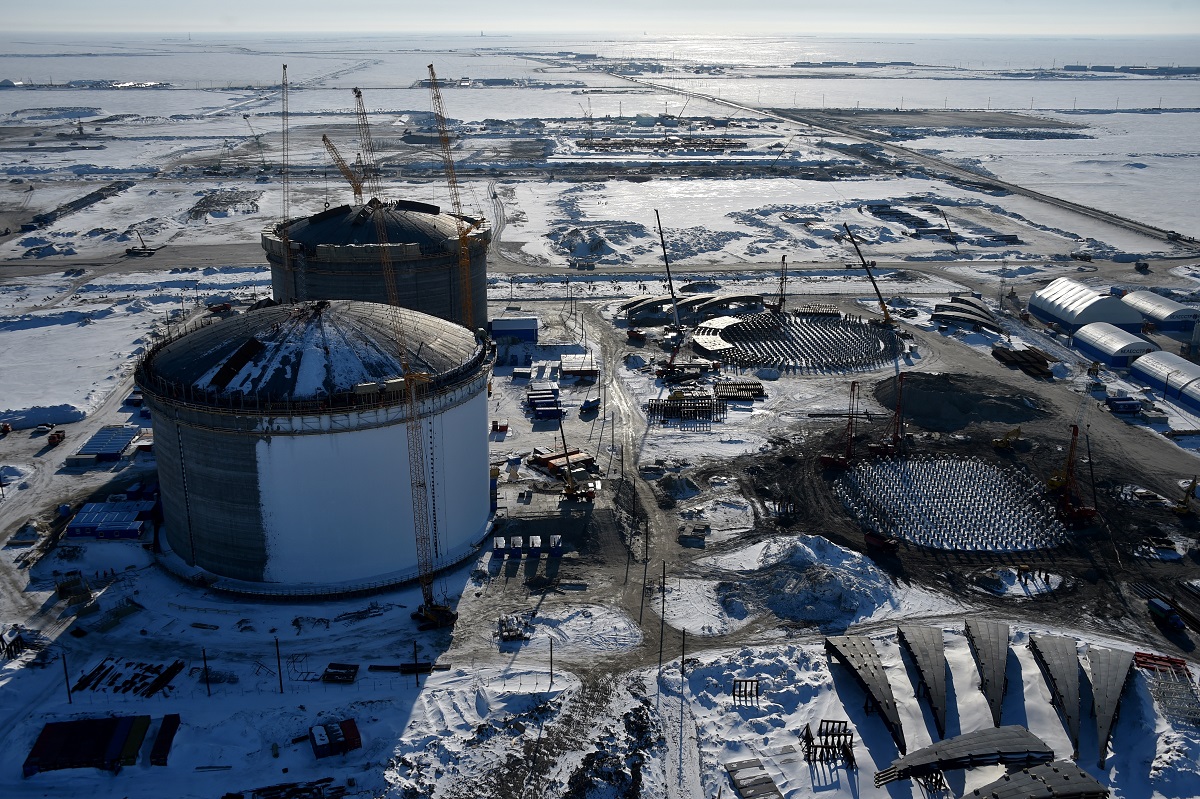
People always talk about the difference between the West and Russia. Are there any other fault lines in the Arctic Council, or issues that are particularly or unusually divisive?
The socio-economic conditions in different parts of the Arctic are quite different. The North American and Russian Arctic have many small communities that are much poorer, and where standards of living are much different, than northern Norway, Sweden and Finland or in Iceland generally. So some of topics that are of greatest interest to states with such communities – it creates a different dynamic with the Nordic countries. There was some friction with that. Two of the main topics that the Arctic Council addresses are sustainable development and environmental protection. How to balance those two, where to draw the line, which to emphasize; there are certainly differences of view among the governments and the PPs on those topics. It came up many times over the course of two years.
What are you most proud of from the United States Arctic Council Chairmanship term?
There’s a lot to point to. We succeeded in using what Teddy Roosevelt referred to as the bully pulpit; we used the Chairmanship as a platform, primarily in the United States but also worldwide, to raise awareness about the Arctic and the Arctic Council, about why it should matter to people here. We did a lot of work in this respect, a lot of public outreach. The media helped a lot. A lot of people amplified the message. Think tanks, universities, environmental groups, scientific organizations, all called attention to the Arctic during our term. I’m proud of the effort. A lot of people put in a lot of work, and it’s quite gratifying and satisfying. […]
Want more? Part 2 of this interview is here.
The Arctic Council chairmanship moves from the United States to Finland on May 11, 2017 in Fairbanks, Alaska. Eye on the Arctic’s Eilís Quinn along with EOTA media partners and contributors will be bringing you stories, interviews and analysis leading up to the handover.
→ Read our full coverage here!

